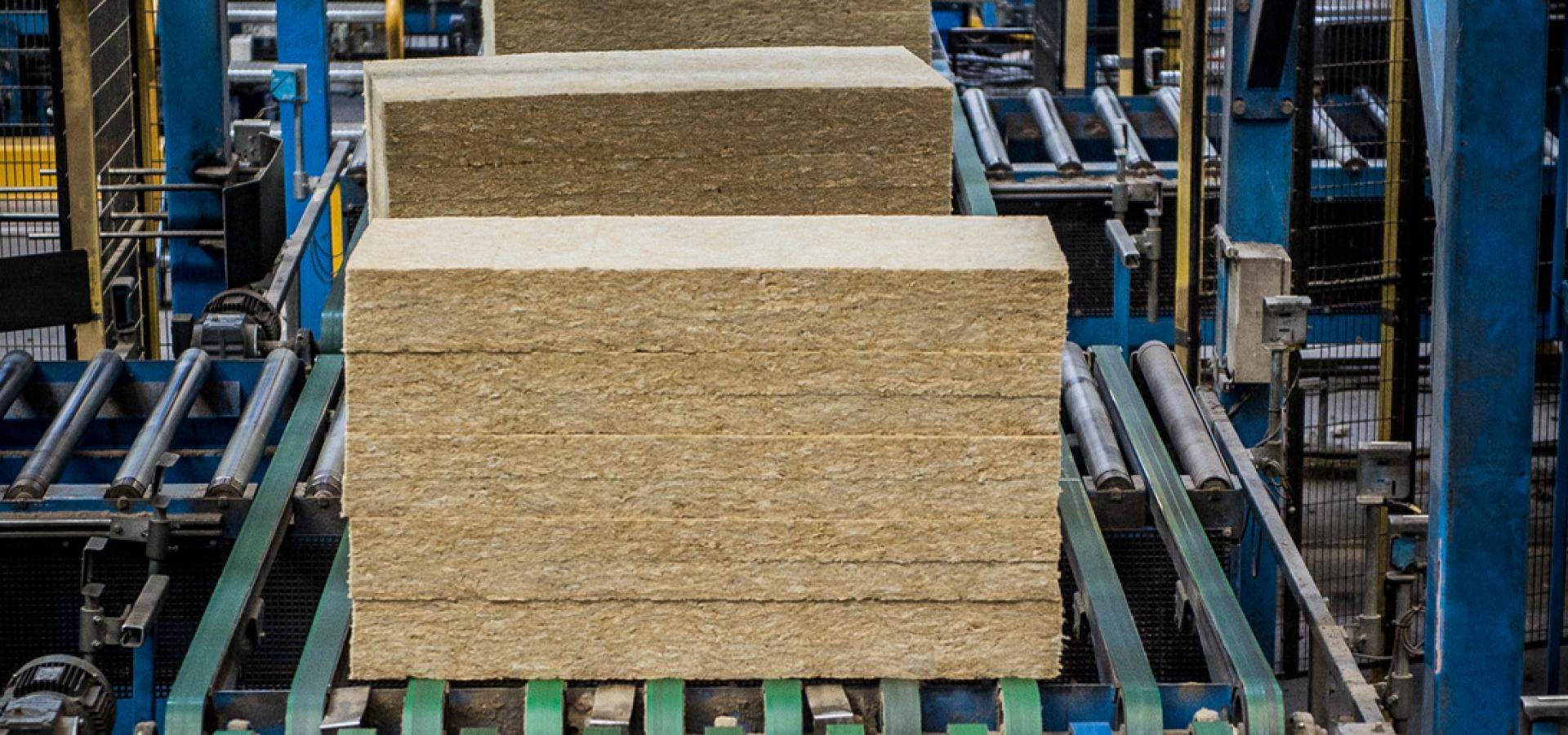IMARC Group’s “Mineral Wool Manufacturing Plant Project Report 2025: Industry Trends, Plant Setup, Machinery, Raw Materials, Investment Opportunities, Cost and Revenue” report provides a comprehensive guide on how to successfully set up a mineral wool manufacturing plant. The report offers clarifications on various aspects, such as unit operations, raw material requirements, utility supply, infrastructural needs, machinery models, labour necessities, transportation timelines, packaging costs, etc.
In addition to the operational aspects, the report also provides in-depth insights into mineral wool manufacturing process, project economics, encompassing vital aspects such as capital investments, project funding, operating expenses, income and expenditure projections, fixed and variable costs, direct and indirect expenses, expected ROI, net present value (NPV), profit and loss account, and thorough financial analysis, among other crucial metrics. With this comprehensive roadmap, entrepreneurs and stakeholders can make informed decisions and venture into a successful mineral wool manufacturing unit.
Request a Sample Report: https://www.imarcgroup.com/mineral-wool-manufacturing-plant-project-report/requestsample
What is Mineral Wool?
Mineral wool, also known as rock wool or stone wool, is a versatile insulation material made by melting natural rocks like basalt or diabase at high temperatures and spinning the molten material into fibrous strands. These fibers are then compressed into mats, boards, or loose-fill forms for various applications. Mineral wool is widely used in the construction and industrial sectors due to its excellent thermal insulation, soundproofing, and fire-resistant properties. Its non-combustible nature makes it a preferred choice for enhancing building safety. Unlike some other insulation materials, mineral wool is water-repellent yet vapor-permeable, helping to prevent mold growth while allowing buildings to “breathe.” It is also environmentally friendly, often containing a high percentage of recycled content. This durability and efficiency have made mineral wool a popular choice in sustainable construction projects, as it supports energy conservation while maintaining indoor comfort throughout varying weather conditions.
Market Trend and Drivers of Mineral Wool:
The mineral wool market is being propelled by a combination of environmental, regulatory, and economic factors. One of the primary drivers is the growing emphasis on energy efficiency in buildings, fueled by rising energy costs and stringent government regulations aimed at reducing carbon emissions. As nations worldwide commit to climate targets, there is increasing demand for high-performance insulation materials like mineral wool, which significantly reduce heat loss and improve energy conservation. Additionally, safety standards in commercial and residential construction are becoming more rigorous, encouraging the use of fire-resistant materials—an area where mineral wool excels due to its non-combustible nature and high melting point. Urbanization and rapid infrastructure development, especially in developing economies, are also accelerating market growth. Furthermore, the product’s soundproofing capabilities make it desirable in both industrial and residential applications. Increasing awareness of sustainable building practices and the growing green construction movement further fuel the demand. As architects, developers, and consumers prioritize environmental responsibility and long-term savings, mineral wool’s durability, recyclability, and performance advantages make it a strategic material choice across industries.
Key Aspects to Setup a Mineral Wool Plant:
- Location to Setup Plant
- Market Research
- Plant Layout
- Construction and Infrastructure
- Equipment/Machinery Procurement
- Documentation and Licenses
- Cost Analysis
Requirements to Setup a Facility:
- Funds
- Machinery
- Lands
Types of Costs to Setup a Factory:
- Land, Location and Site Development Cost
- Plant Layout Cost
- Machinery Requirements and Costs
- Raw Material Requirements and Costs
- Packaging Requirements and Costs
- Transportation Requirements and Costs
- Utility Requirements and Costs
- Human Resource Requirements and Costs
Project Economics:
- Capital Investments
- Operating Costs
- Expenditure Projections
- Revenue Projections
- Taxation and Depreciation
- Profit Projections
- Financial Analysis
Key Questions Answered in the Report:
- How has the mineral wool market performed so far and how will it perform in the coming years?
- What is the market segmentation of the global mineral wool market?
- What is the regional breakup of the global mineral wool market?
- What are the price trends of various feedstocks in the mineral wool industry?
- What is the structure of the mineral wool industry and who are the key players?
- What are the various unit operations involved in a mineral wool manufacturing plant?
- What is the total size of land required for setting up a mineral wool manufacturing plant?
- What is the layout of a mineral wool manufacturing plant?
- What are the machinery requirements for setting up a mineral wool manufacturing plant?
- What are the raw material requirements for setting up a mineral wool manufacturing plant?
- And more…
How IMARC Can Help?
IMARC Group is a global management consulting firm that helps the world’s most ambitious changemakers to create a lasting impact. The company provide a comprehensive suite of market entry and expansion services. IMARC offerings include thorough market assessment, feasibility studies, company incorporation assistance, factory setup support, regulatory approvals and licensing navigation, branding, marketing and sales strategies, competitive landscape and benchmarking analyses, pricing and cost research, and procurement research.
Services:
- Plant Setup
- Factoring Auditing
- Regulatory Approvals, and Licensing
- Company Incorporation
- Incubation Services
- Recruitment Services
- Marketing and Sales
Contact Us:
IMARC Group
134 N 4th St. Brooklyn, NY 11249, USA
Email: [email protected]
Tel No:(D) +91 120 433 0800
United States: +1-631-791-1145
